Slithering through the undergrowth of Britain’s countryside is a creature both feared and misunderstood: the adder. As Britain’s only venomous snake, this elusive reptile is arguably one of the most dangerous creatures here in the UK. But, although it’s venomous, it’s not usually deadly to humans, although many dogs suffer from bad reactions to adder bites. I’m lucky enough to live out in the sticks and spend a lot of time walking the dogs in our lovely countryside, but even so, I don’t see adders too often. I’m always on the lookout during peak season though, just in case, because I’d hate for my dogs to get bitten because of an unwary step. Instead of being afraid, let’s take a look at some interesting facts about adders and develop a healthy respect for these important and sadly increasingly rare creatures.
1. Britain’s Sole Venomous Snake
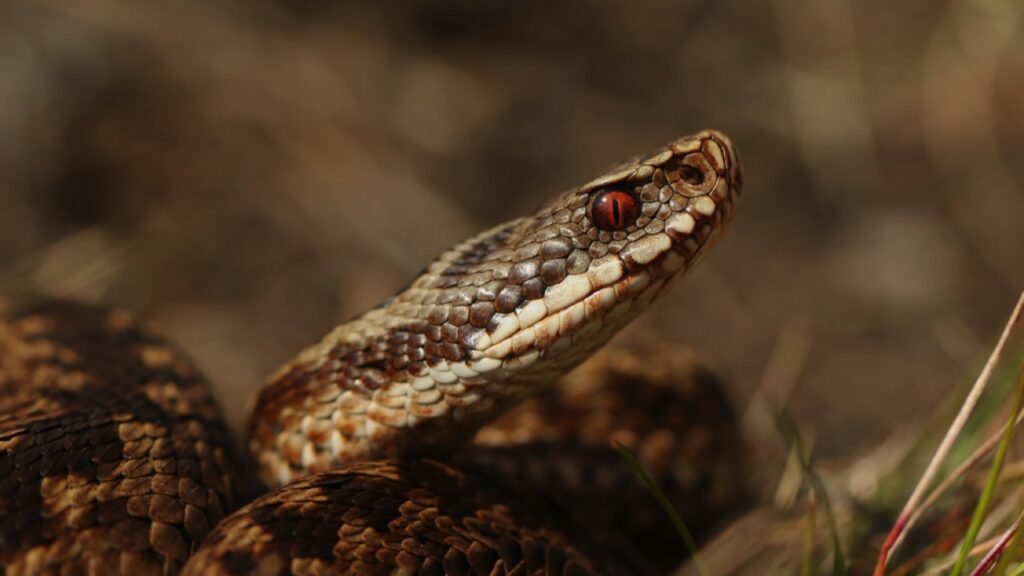
The adder holds the distinction of being the only venomous snake native to Britain. While other European countries boast multiple venomous snake species, the UK is home to just this one. This unique status makes the adder a subject of both fascination and concern for British wildlife enthusiasts and conservationists alike.
2. A Snake of Many Names
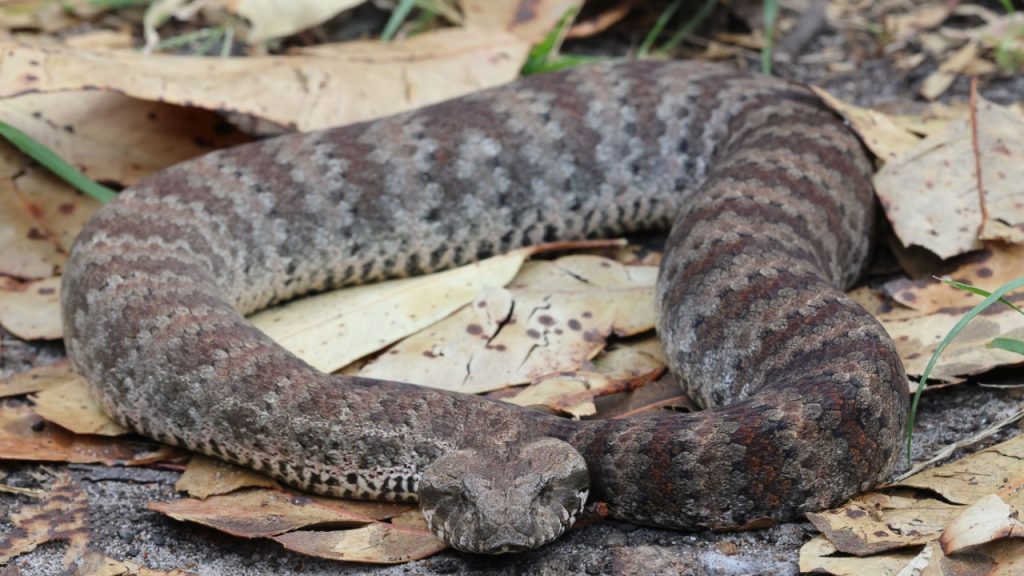
While commonly known as the adder, this snake goes by several other names. It’s also called the common viper or European viper. Scientifically, it’s known as Vipera berus. These various names reflect its widespread distribution and historical significance across Europe.
3. Masters of Camouflage
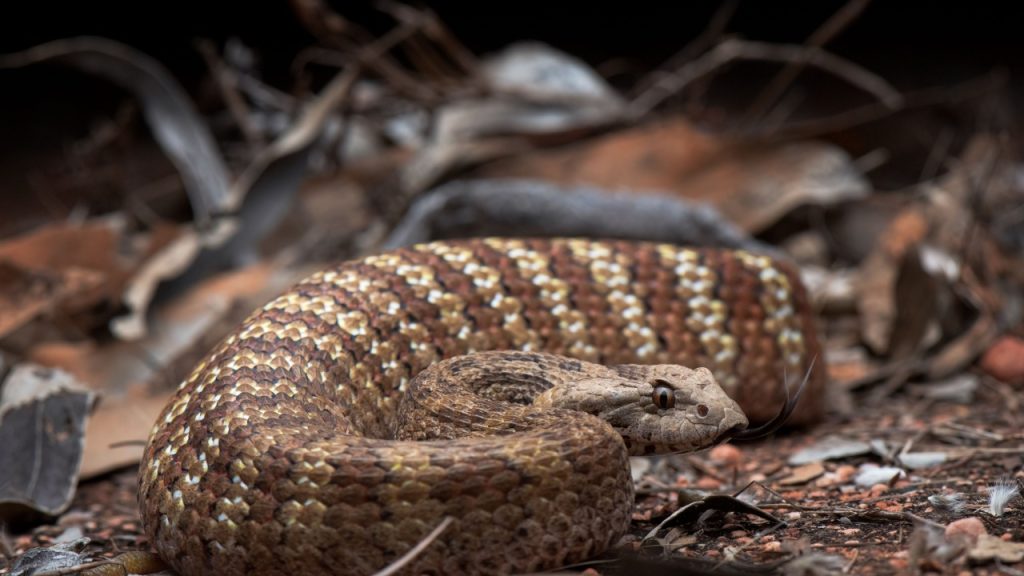
Adders are experts at blending into their surroundings. Their zigzag pattern along their back serves as excellent camouflage in their natural habitats. This ability to hide helps them avoid predators and ambush prey. It’s also why many people might walk right past an adder without even noticing it.
4. Unique Head Markings
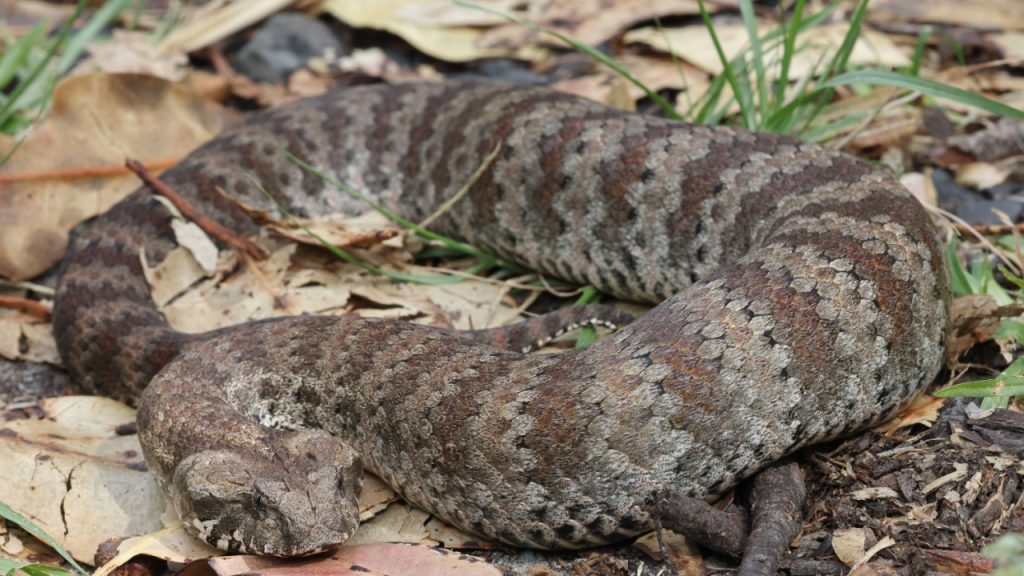
Each adder has a unique pattern on its head, much like a human fingerprint. This distinctive marking allows researchers to identify individual snakes. It’s a useful tool for studying adder populations and tracking their movements over time.
5. Hibernation Experts
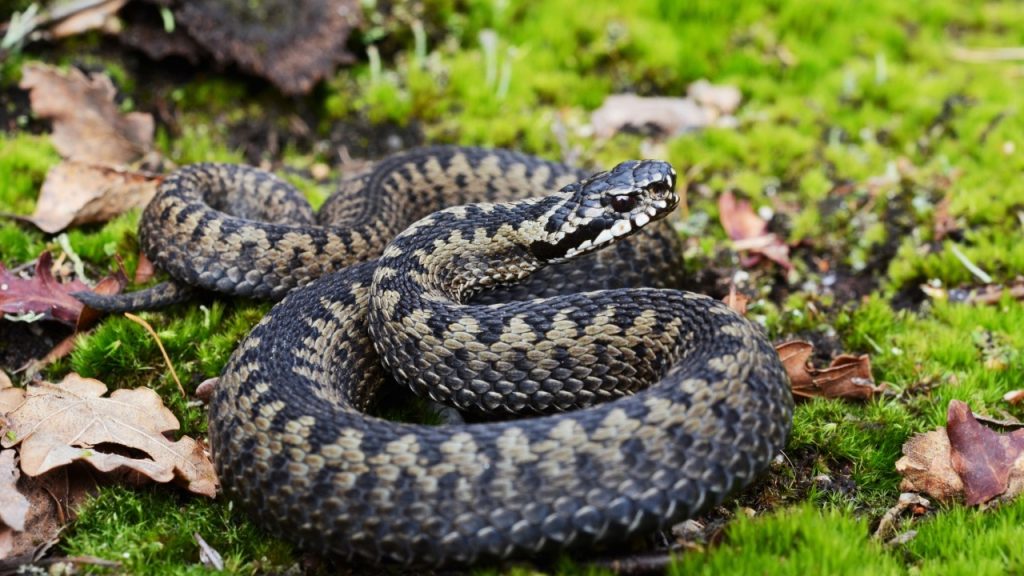
Adders are one of the few British animals that truly hibernate. They spend the winter months in a state of dormancy, often huddled together in underground dens. This behavior helps them survive the cold months when food is scarce. They typically emerge in spring, ready to bask in the sun and start their active season.
6. Unusual Breeding Habits
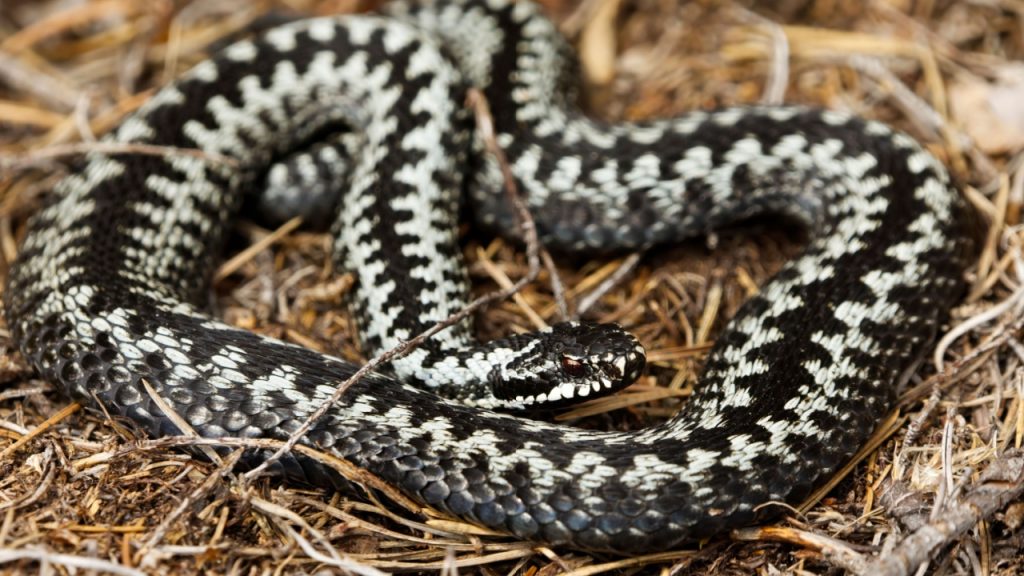
Male adders engage in a fascinating ritual called the “dance of the adders” during mating season. Two males will intertwine and wrestle, trying to push each other to the ground. The winner earns the right to mate with nearby females. This display of strength doesn’t involve biting, keeping both contestants safe from venom.
7. Live Birth, Not Eggs
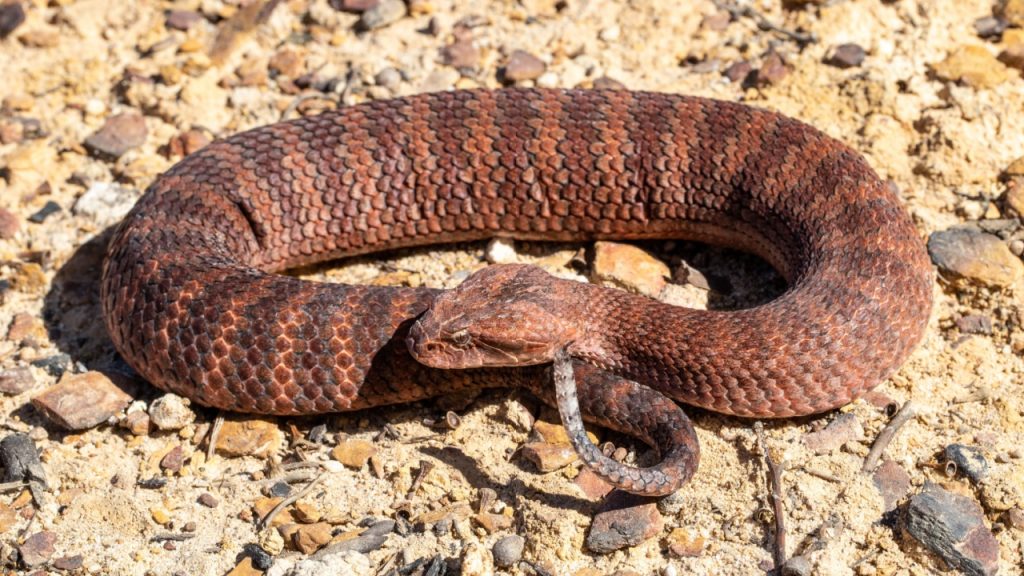
Unlike many other snake species, adders don’t lay eggs. Instead, they give birth to live young. The female carries her developing offspring inside her body, nourishing them through a placenta-like structure. This method of reproduction is called viviparity and is an adaptation to cooler climates.
8. Venomous, But Rarely Dangerous
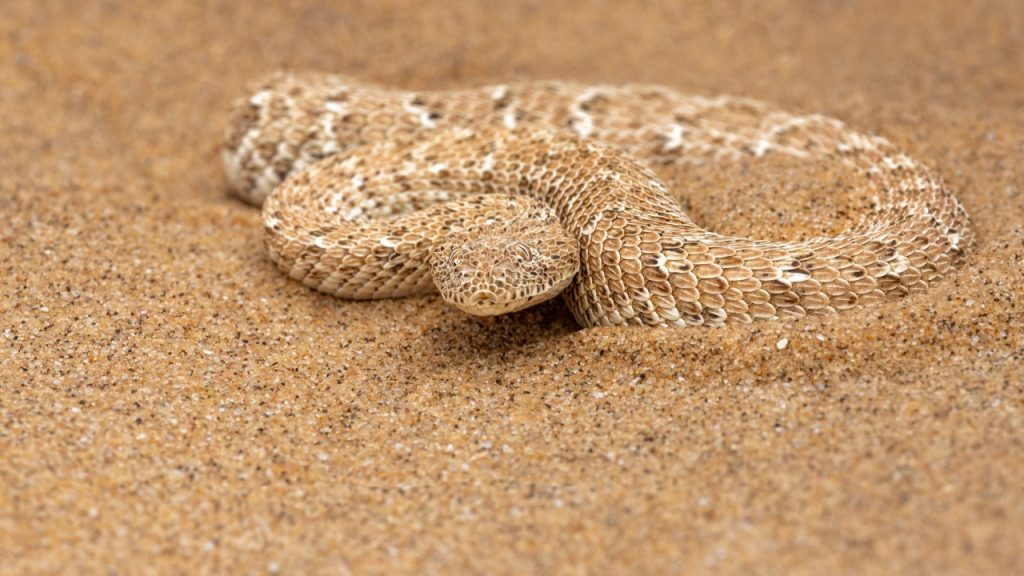
While adders are venomous, they rarely bite humans. They prefer to avoid confrontation and will only strike if they feel threatened or are accidentally stepped on. Most bites occur when people try to handle or harm the snake. Even when bites do occur, they’re rarely fatal to humans.
9. A Snake That Swims
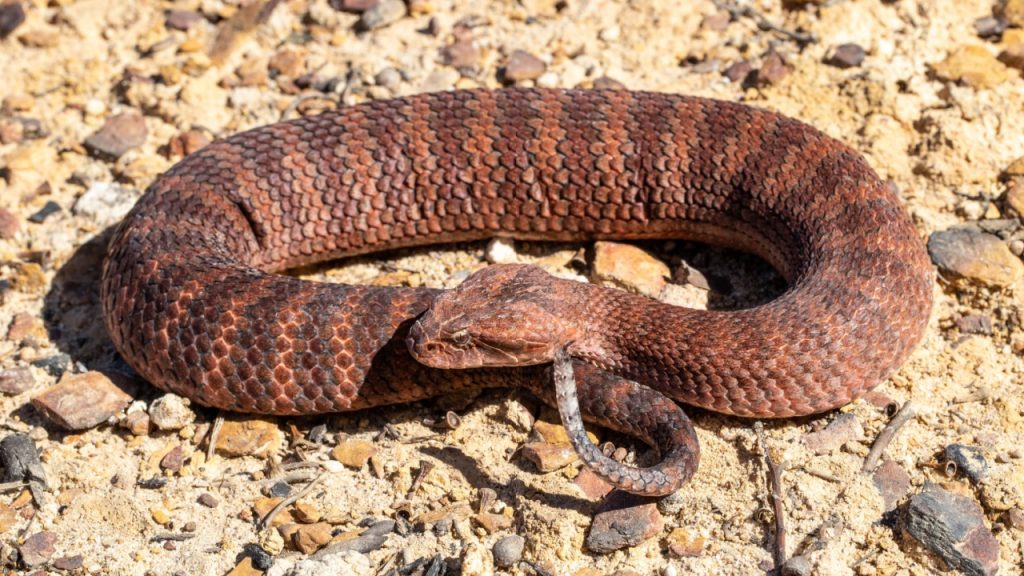
Adders are surprisingly good swimmers. While they’re primarily land-dwelling snakes, they can swim across bodies of water if needed. This ability allows them to access new habitats and escape danger when necessary. You might spot an adder gracefully gliding across a pond or stream.
10. Solar-Powered Snakes
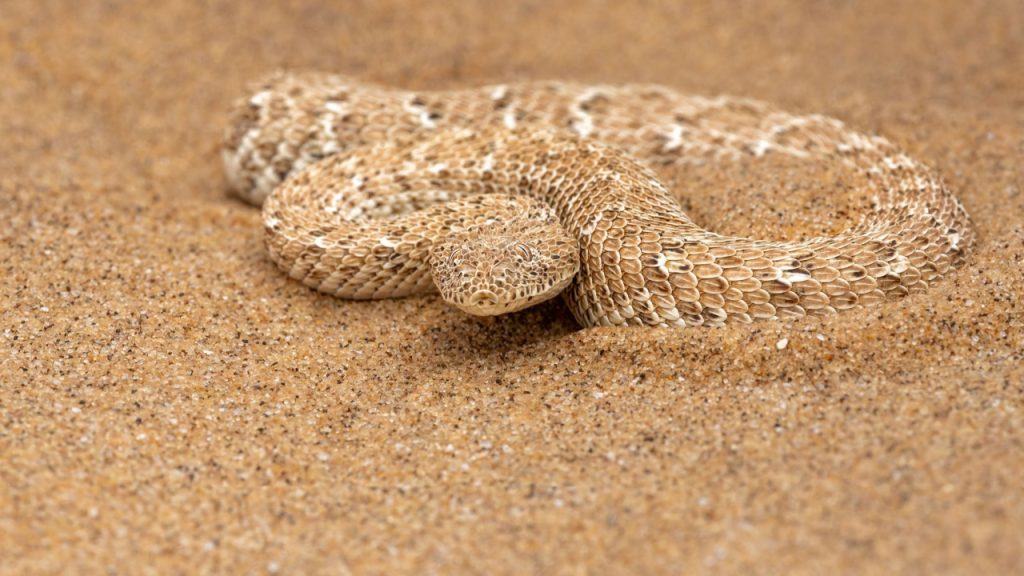
Adders are ectothermic, meaning they rely on external sources for body heat. They often bask in sunny spots to warm up, which is crucial for their digestion and overall activity. This behavior makes them more visible in the early morning or on cool days when they need to soak up the sun’s warmth.
11. Adders Have Poor Eyesight
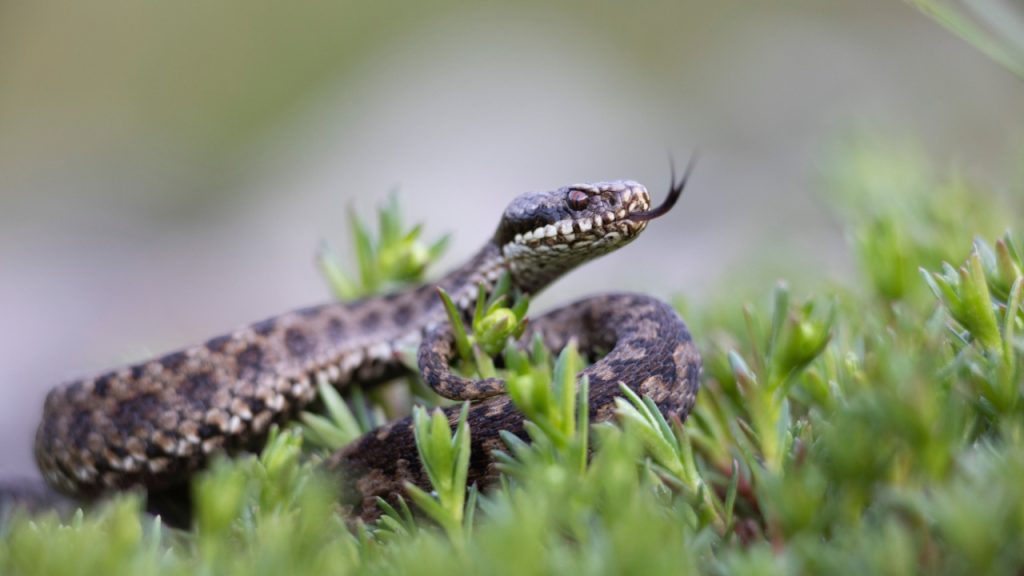
Despite their fearsome reputation, adders have relatively poor eyesight. They primarily rely on sensing vibrations and detecting heat to locate prey. Their forked tongue helps them “smell” their environment by collecting chemical particles from the air and ground.
12. They’re Shrinking in Size
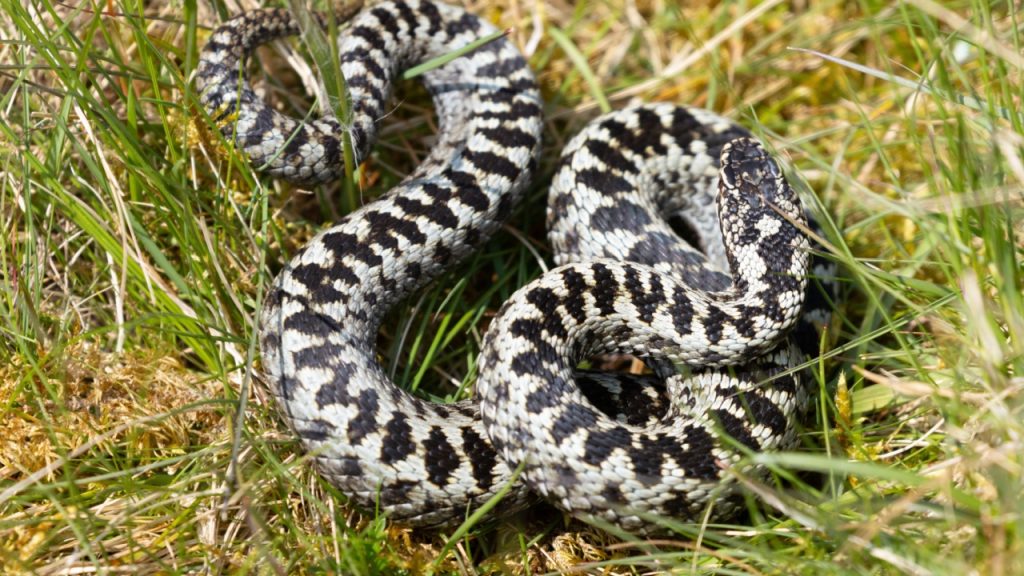
Recent studies have shown that adders are getting smaller over time. This decrease in size is thought to be linked to habitat loss and climate change. Smaller adders may struggle to survive long periods without food, making conservation efforts crucial for their future.
13. Adders in Folklore
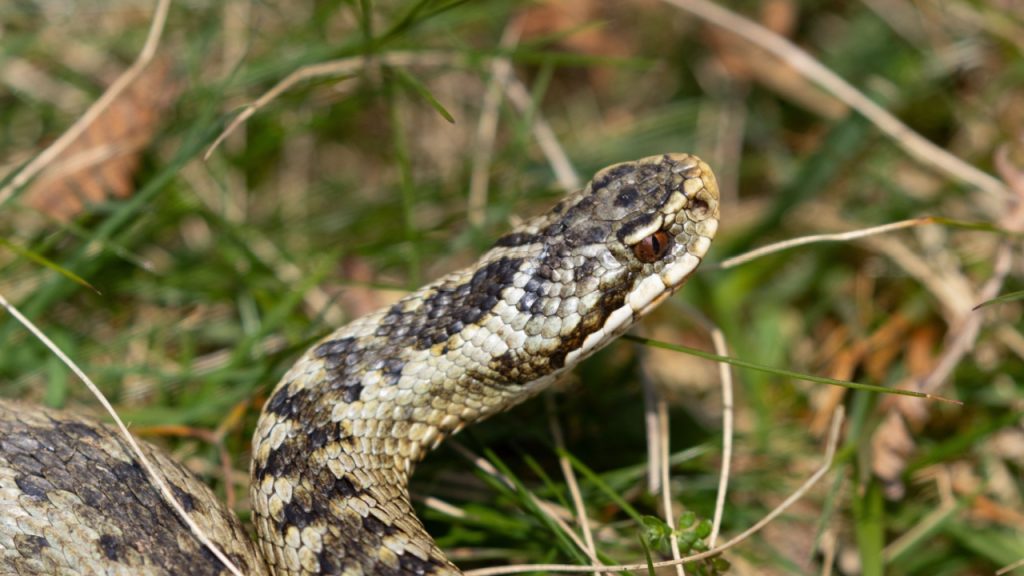
Adders have played a significant role in British folklore and mythology for centuries. In some traditions, they were believed to have magical properties. The “adder stone,” a glass bead with a hole through it, was thought to protect against snake bites and evil spirits.
14. They’re Protected by Law
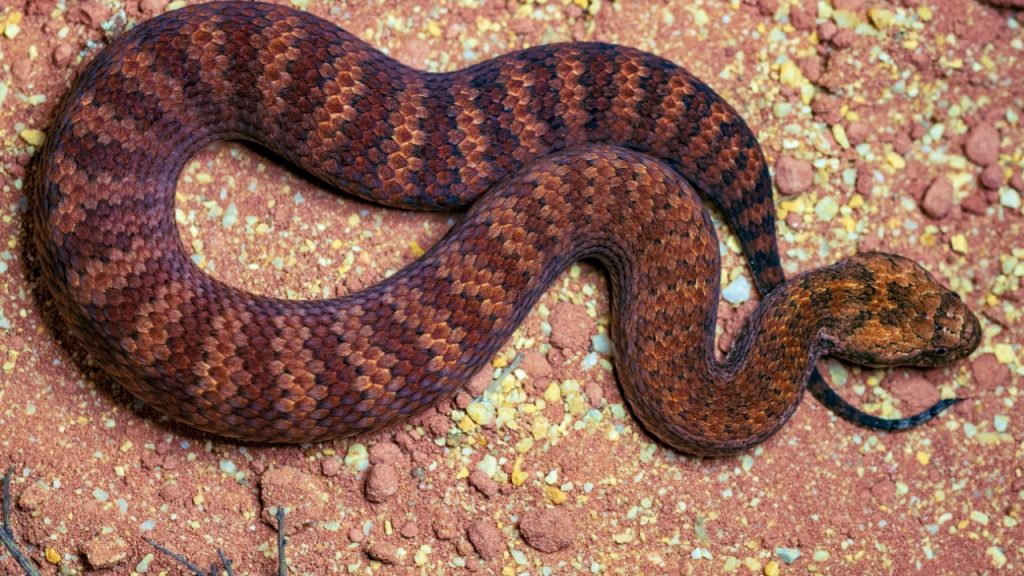
In the UK, adders are protected under the Wildlife and Countrysix Act 1981. It’s illegal to kill, harm, or sell these snakes. This protection helps ensure the survival of adder populations, which have been declining due to habitat loss and persecution.
15. Adders Are Excellent Pest Controllers
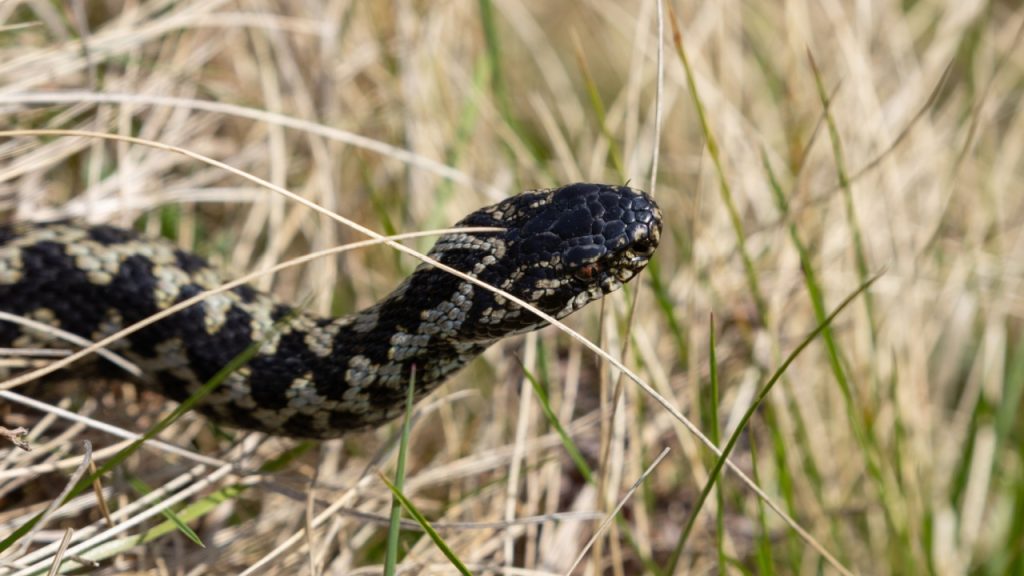
Adders play a crucial role in controlling rodent populations. They primarily feed on small mammals like voles and mice, helping to keep these populations in check. This natural pest control service makes adders valuable members of their ecosystems, benefiting both wildlife and human agriculture.


